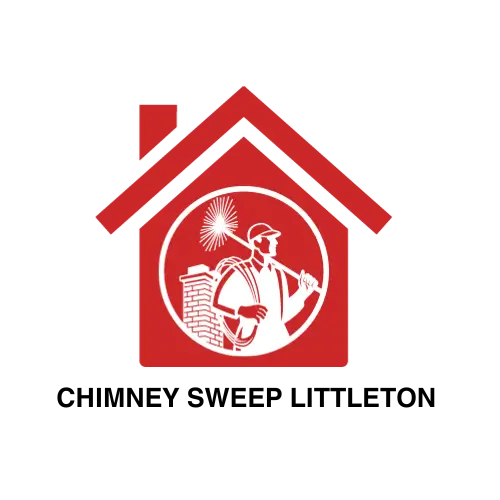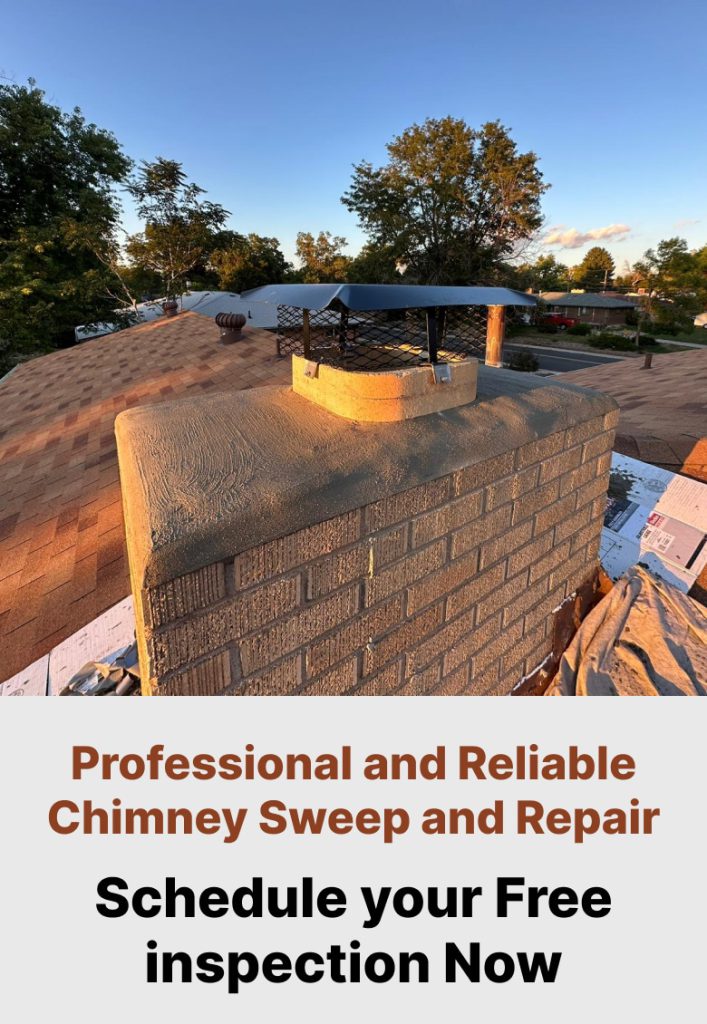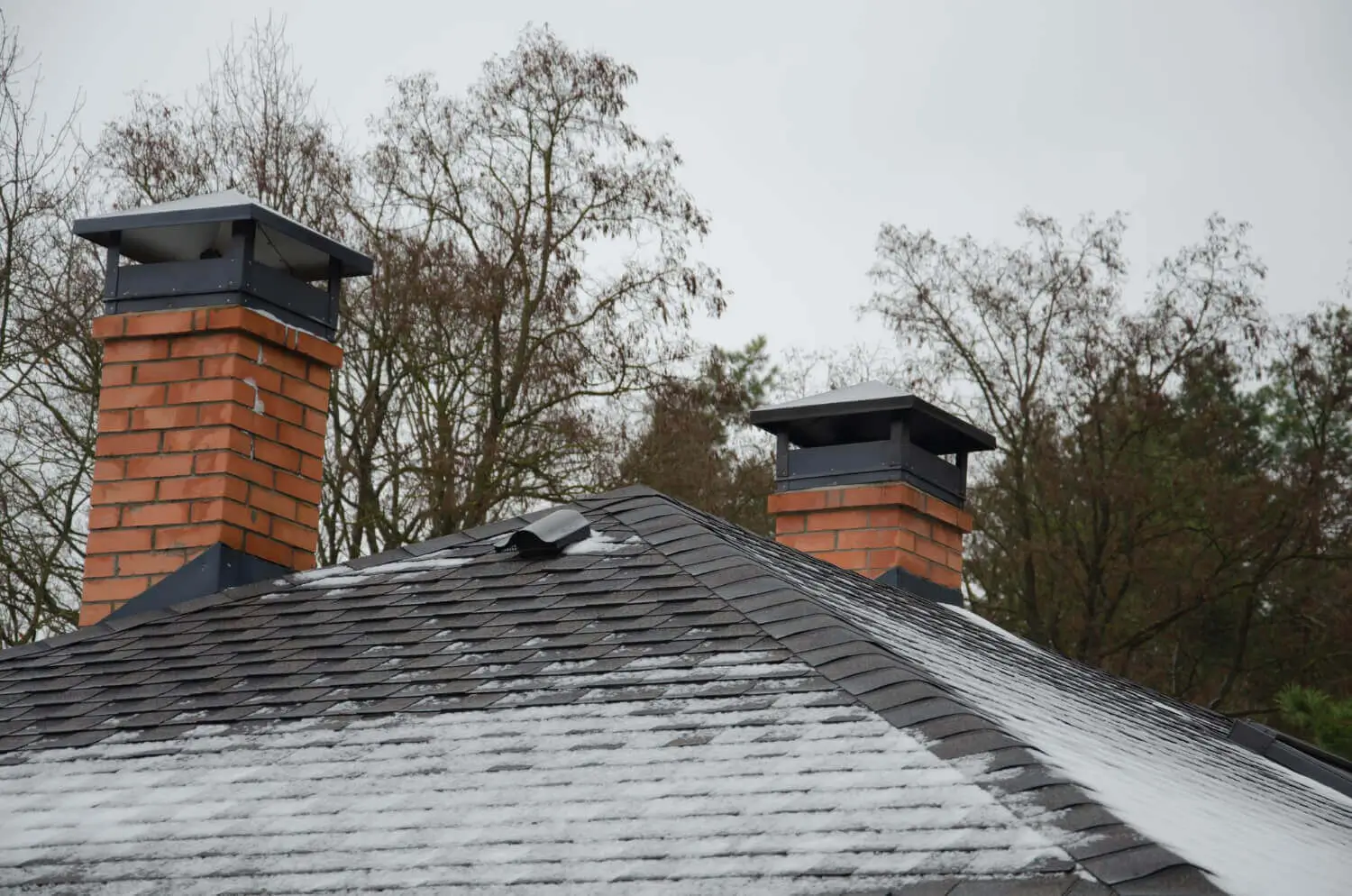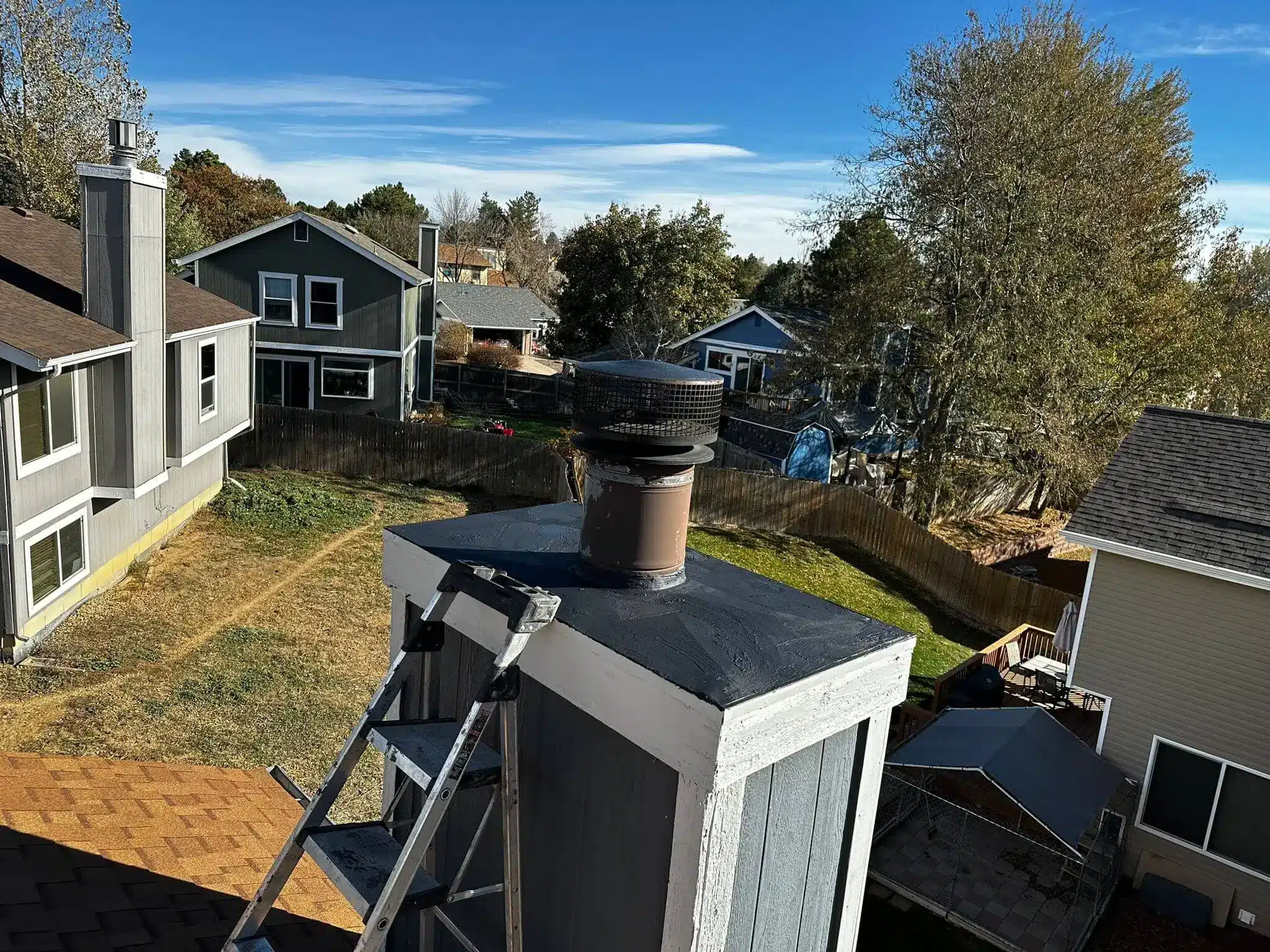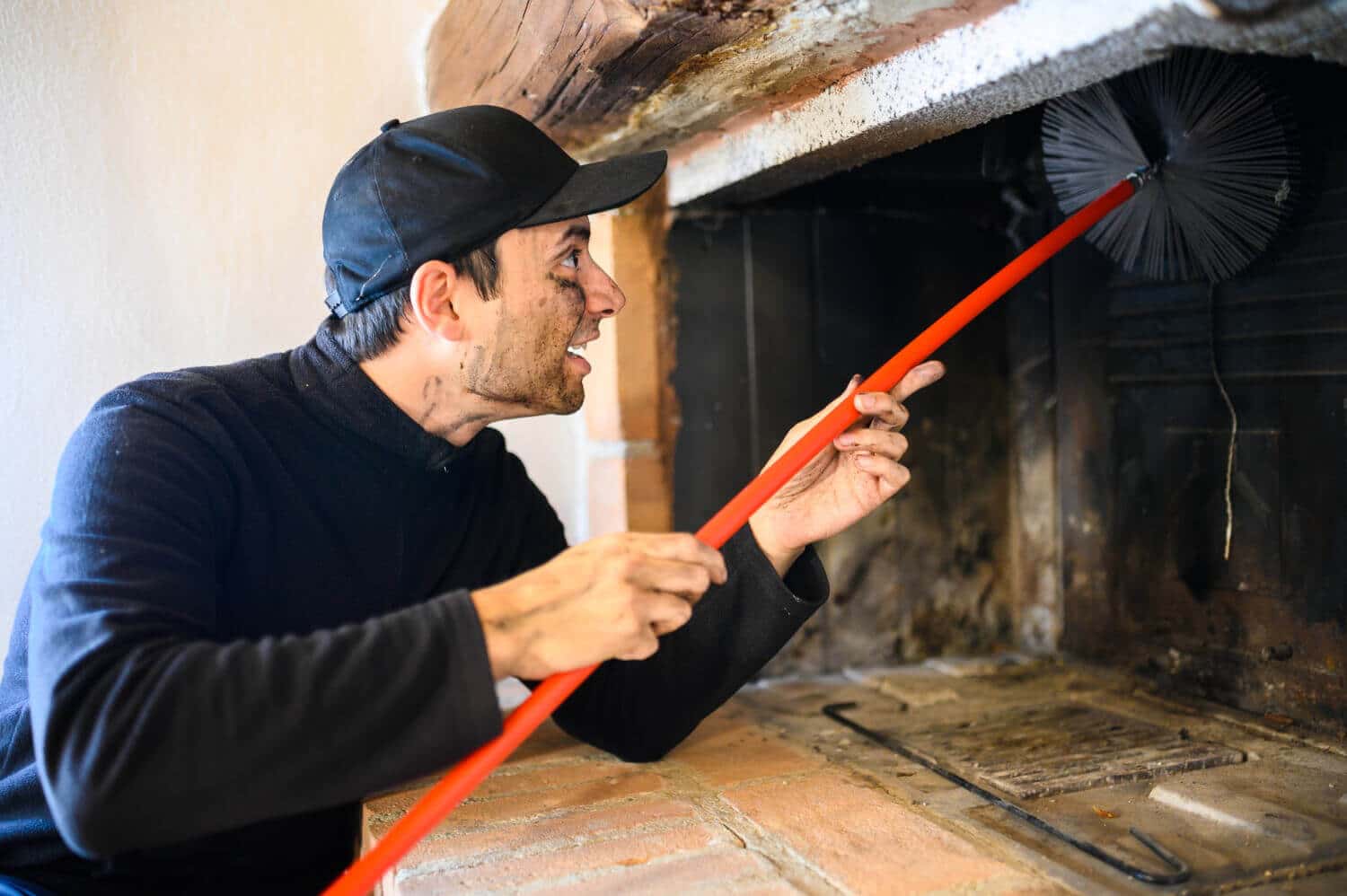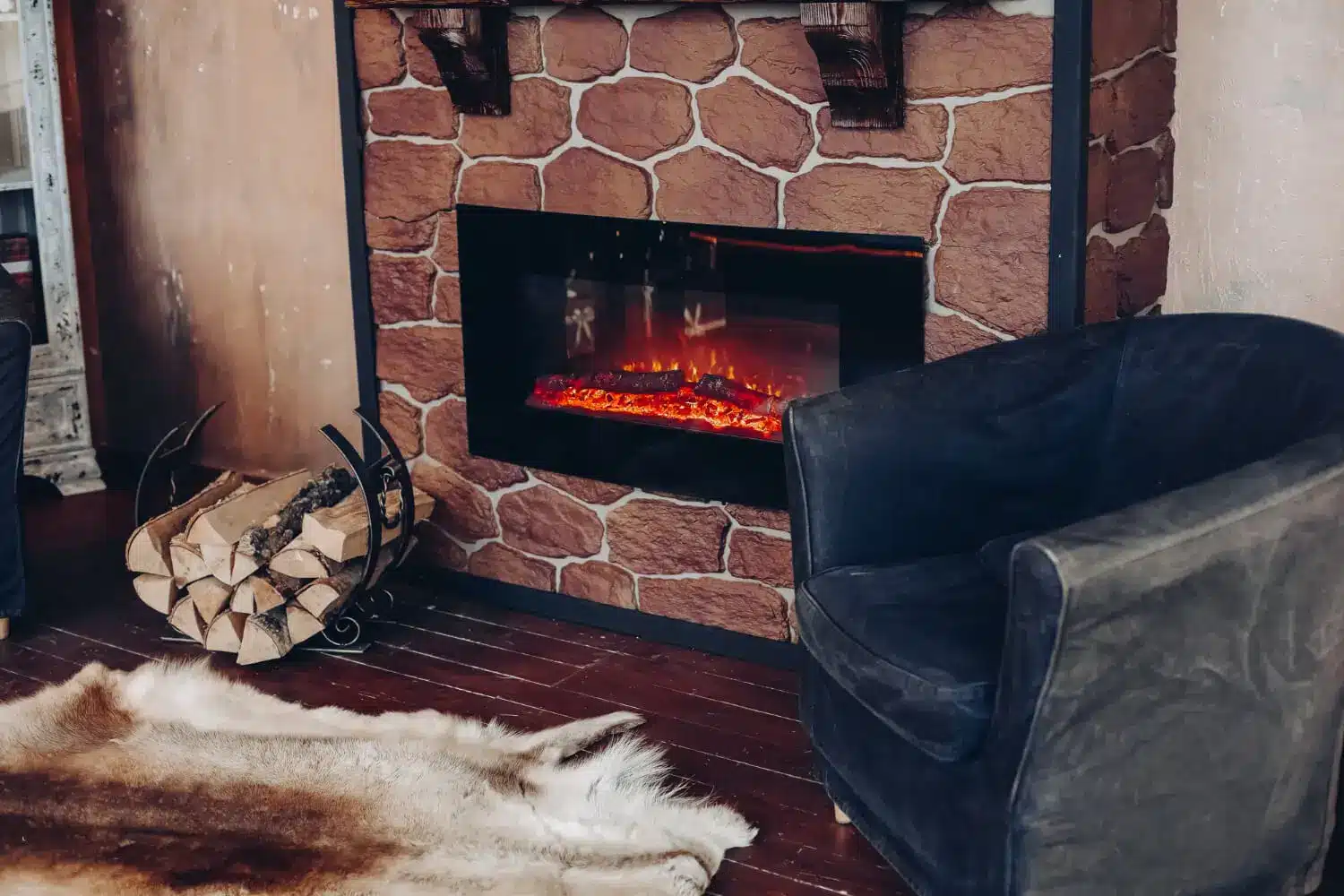Introduction to Spalling Brick Repair in Chimneys
Welcome to our comprehensive guide on tackling the common yet often misunderstood issue of spalling bricks in chimneys. This problem, if left unchecked, can compromise not only the aesthetic appeal of your home but also its structural integrity and safety. Our guide is designed to demystify the concept of spalling bricks, delve into its causes, and provide clear, actionable steps for assessment and repair. Whether you’re a homeowner seeking to understand this problem better or a DIY enthusiast ready to take on repair work, this guide is tailored to equip you with the knowledge and skills to address spalling brick issues in your chimney effectively.

Understanding Spalling Bricks
What is Spalling?
Spalling in bricks is a process where moisture infiltration causes significant damage. It happens when water seeps into the bricks and undergoes freezing and thawing cycles. This repeated process leads to the brick material crumbling and flaking off. Over time, the bricks may even pop out of the chimney structure, leading to visible deterioration. Understanding this primary mechanism is crucial for homeowners, as it forms the foundation for effectively diagnosing and addressing the problem.
Identifying Causes of Spalling
Key Factors Leading to Spalling
The road to effective repair begins with identifying the root causes of spalling in chimney bricks:
- Quality of Brick and Mortar: The resistance of bricks and mortar to weather changes is paramount. Substandard materials fail to expand and contract safely during temperature fluctuations, making them susceptible to moisture penetration and subsequent spalling.
- Environmental Conditions: Areas with heavy rain, frequent fog, or extreme temperature variations are more prone to experiencing spalling in chimney bricks. These weather conditions accelerate the wear and tear process.
- Cleaning and Maintenance Practices: Aggressive cleaning methods like pressure washing or sandblasting can inadvertently damage the brick surface, making it more prone to spalling.
- Construction Standards: The longevity and resilience of a chimney heavily depend on the quality of its initial construction. Poor craftsmanship or the use of salvaged bricks can significantly reduce the chimney’s resistance to spalling.
The Dangers of Spalling Chimney Bricks
Recognizing the Risks
Spalling bricks are more than a mere cosmetic issue; they pose significant risks:
- Health Hazards: The presence of mold, which thrives in damp environments created by spalling, can pose serious health risks.
- Structural Damage: Progressive spalling can lead to severe structural damage to the chimney and the surrounding areas of your home.
- The danger of Collapse: In extreme cases, continuous neglect of spalling bricks can result in the chimney collapsing, posing a direct threat to the safety of the inhabitants.
Professional vs. DIY Repair
Choosing the Right Approach
- While DIY repair might seem tempting, it’s essential to consider the complexity and risks of chimney repair. Hiring a certified chimney sweep is the safer and more practical option for most homeowners.
- Professional repair ensures a thorough job, as experts can identify and address apparent damages and underlying issues that might be missed in a DIY approach.
Essential Tools for Repair
Tool Kit for Spalling Brick Repair
If you decide to undertake DIY repair, you will need:
- Necessary Tools: This includes a cold chisel, club hammer, sharp trowel, water, mortar, and replacement bricks.
- Drilling Equipment: A 6-8mm masonry bit drill is essential for removing damaged bricks and preparing the site for new ones.
- Safety Gear: Pay attention to the importance of protective equipment such as gloves, goggles, and a dust mask.
Each tool is critical in repairing and ensuring damaged bricks are replaced safely and effectively.

Diagnosing the Damage
Assessment Strategies
- Visual Inspection: Conduct a thorough visual examination of the chimney, focusing on mortar joints, chimney caps, crowns, and visible brick surfaces.
- Identifying Leaks: Look for signs of water penetration, as leaks are a standard indicator of underlying problems.
- The extent of Damage: Assess the severity. If more than a few bricks per wall are damaged, it might indicate a deeper structural issue, calling for professional intervention.
Step-by-Step Guide to Repairing Spalling Bricks
Repair Process
- Removing Damaged Bricks: Carefully chisel out the spalled bricks without damaging surrounding areas.
- Preparing the Site: Clean the area for new bricks and mortar.
- Mortar Application: Mix and apply mortar meticulously, ensuring a solid bond for the new bricks.
- Brick Replacement: Place the new bricks carefully, ensuring they align and fit snugly with the existing structure.
- Finishing Touches: Apply finishing touches to the mortar and clean up excess material for a neat appearance.
Preventative Measures and Maintenance Tips
Avoiding Future Spalling
- Regular Inspections: Conduct periodic inspections, especially after extreme weather conditions.
- Quality Materials: Use high-quality bricks and mortar for any repairs or construction.
- Proper Cleaning: Avoid harsh cleaning methods that can damage brick surfaces.
- Weatherproofing: Apply sealants to protect against moisture penetration.
Maintenance is vital to preventing spalling and ensuring the longevity and safety of your chimney.
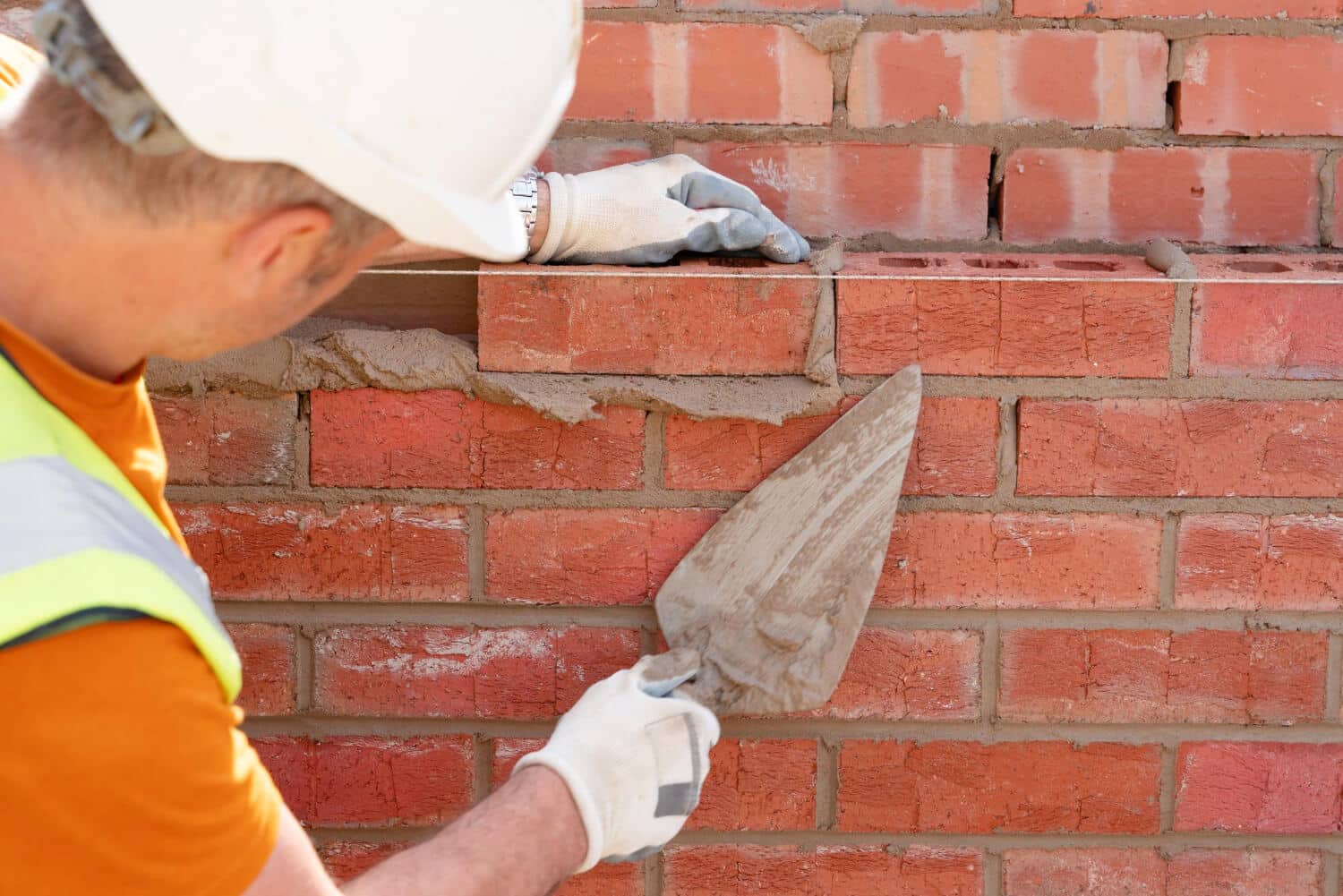
When to Call the Professionals
Recognizing the Need for Expert Intervention
- Complex Repairs: Professional expertise is crucial when the damage is extensive or involves complex structural issues.
- Safety Concerns: If the repair process poses potential safety hazards, it’s best to rely on experienced professionals.
- Assurance of Quality: Professionals bring expertise that ensures long-lasting and effective repairs, preventing future issues.
The Importance of Regular Inspections
Preventative Maintenance
- Early Detection: Regular inspections help in identifying potential issues before they escalate.
- Cost-Effectiveness: Addressing minor issues can save significant repair costs in the long run.
- Safety Assurance: Routine inspections ensure your chimney’s structural integrity and safety.
Cost Considerations in Repairing Chimney Spalling Bricks
Budgeting for Repairs
- DIY vs Professional Costs: Weigh the cost of DIY repairs against hiring professionals, considering the long-term effectiveness and potential risks.
- Material Quality: Investing in high-quality materials may have a higher upfront cost but can lead to savings by preventing frequent repairs.
- Long-Term Investment: View chimney repairs as an investment in your property’s value and safety.

Common Mistakes to Avoid in Repair
Valuing Professional Expertise
- Underestimating the Problem: Homeowners often misjudge the severity of spalling, leading to inadequate repairs. Professionals can accurately assess and address the extent of damage.
- Inappropriate Techniques: DIY attempts may use incorrect materials or methods, worsening the issue. Professional masons have the right skills and tools.
- Safety Risks: Repairing chimneys can be hazardous. Trained professionals ensure safe and compliant repairs, minimizing risks.
The Role of Weather and Climate in Spalling
Expert Adaptation to Environmental Conditions
- Professional Assessment: Professionals understand how local weather patterns affect brickwork and can provide tailored solutions.
- Durable Repairs: Experts ensure that repairs withstand your specific climate challenges, from freezing temperatures to high humidity.
- Long-Term Solutions: Professionals can offer weather-resistant materials and techniques, adapting repairs to local environmental conditions.
Conclusion and Final Recommendations
Prioritizing Professional Assistance
- Reliable Repairs: Engage with professionals for thorough, reliable repairs that stand the test of time and weather.
- Regular Professional Inspections: Schedule regular professional inspections to catch early signs of spalling and address them promptly.
- Investing in Expertise: Investing in professional services ensures safety and maintains your property’s value.
In conclusion, while homeowners can play a role in identifying spalling issues, the complexity and risks associated with chimney repairs make professional intervention the recommended course of action.
